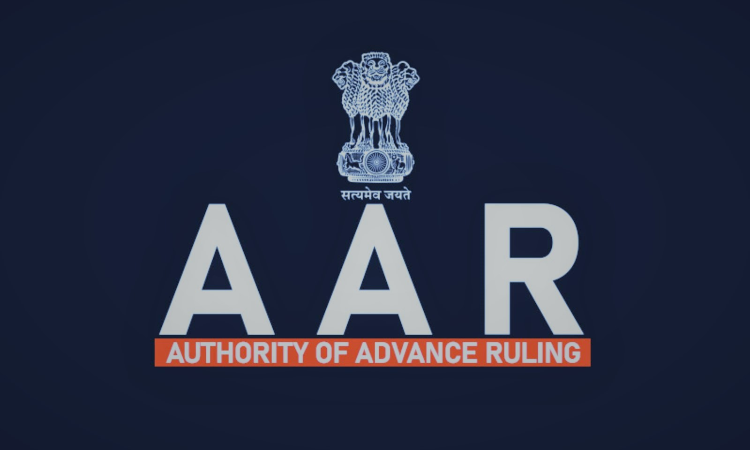Gold In Any Form Fails Pass Test Of Second-Hand Goods, Marginal Scheme Benefit Not Applicable: AAR
Mariya Paliwala
21 July 2023 4:00 PM IST
The Kerala Authority of Advance Ruling (AAR) has ruled that the benefit of the marginal scheme is not applicable to gold, as gold in any form fails to pass the test of second-hand goods.The bench of Dr. S.L. Sreeparvathy and Abraham Renn S. has observed that the applicant cannot determine the value of gold as per Sub Rule 5 of Rule 32 of the CGST, Rules 2017, which restricts Input Tax...
The Kerala Authority of Advance Ruling (AAR) has ruled that the benefit of the marginal scheme is not applicable to gold, as gold in any form fails to pass the test of second-hand goods.
The bench of Dr. S.L. Sreeparvathy and Abraham Renn S. has observed that the applicant cannot determine the value of gold as per Sub Rule 5 of Rule 32 of the CGST, Rules 2017, which restricts Input Tax Credit availment only on the purchase of second-hand goods, which are further sold under the margin scheme.
Normally, GST is charged on the transaction value of the goods. However, in respect of second-hand goods, a person dealing in such goods may be allowed to pay tax on the margin, i.e., the difference between the value at which the goods are supplied and the price at which the goods are purchased. If there is no margin, no GST is charged for such a supply.
The applicant has purchased used or second-hand gold jewellery or ornaments from persons who were not registered under GST. At the time of sale, there is no change in the form or nature of such goods, and ITC will also not be availed of on the purchase.
The applicant sought an advance ruling on the issue of whether GST is to be paid only on the difference between the selling price and purchase price of second-hand gold jewellery, as stipulated under Rule 32(5) of the CGST Rules, 2017.
The applicant contended that the term second-hand goods' specified in Rule 32(5) is being interpreted to mean the goods that are used as such or that, after minor processing, the nature of such goods should not alter and where no input tax credit has been availed on the purchase of such goods.
The AAR noted that in the case of usual goods, the peak value in their life span will normally be at the point of retail primary sales to end customers. Such goods will suffer tax at all the value addition points till the peak of their value, i.e., up to retail sales to the end consumer.
The AAR stated that the intention of Sub Rule (5) to Rule 32 of the CGST Rules 2017 is to reduce the tax burden on such goods, which have already suffered tax on their highest value when supplied at a reduced price in the secondary market after usage.
However, the AAR noted that this is not the case with goods such as gold and gold ornaments, where the value is determined primarily by the content, purity, and fineness of the material. With the passage of time, the value of gold does not decrease but moves upward, showing a trend opposite to what Sub-rule (5) envisages. The term second-hand does not hold any meaning when it comes to items such as gold, land, currency, etc. In order to qualify for inclusion under the valuation of supply as envisaged under sub-rule (5) of Rule 32, it has to be proved that the applicant is dealing in second-hand goods.
Applicant’s Name: M/S. Best Money Gold Jewellery Ltd.
Date: 02/03/23
Click Here To Read The Ruling


